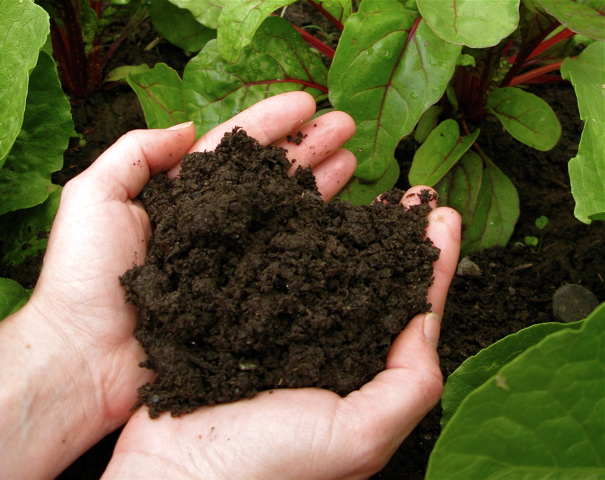Present Your Research on Soil Chemistry at Chemical Engineering Congress 2023

Soil Chemistry:
Two approaches are commonly used in laboratory investigations of soil chemistry. The first is known as batch balancing. A chemist adds water or brine of known dissolved ion concentration to a specific amount of soil. The soil slurry is then shaken or swirled for a certain period of time (e.g., 15 minutes to several hours) to establish a steady state or equilibrium state, and then used to separate sand grains, silt particles, and clay colloids at high speed. Filter or centrifuge. The filtrate or centrifugation is then separated using one of several methods including ion-specific electrodes, atomic absorption spectrophotometry, inductively coupled plasma spectroscopy, ion chromatography, and colorimetric. Analyzed In each case, the assay quantifies the concentration or activity of the ion or molecule in the solution phase and converts the measured concentration or activity (e.g., mg ions/ml) to the solution-to-soil ratio (ml extract solution/g soil). ). , the chemist he gets results in mg ions/g soil. This soil mass-based result allows comparisons between different soils and treatments. A related approach uses a known volume of solution to leach (infiltrate) an extract solution from a fixed volume of soil in a small column at a controlled rate, allowing rain, snowmelt, and irrigation water to flow into the soil of a field. to simulate how the Filtrates are analyzed using the same method used in batch equilibration.